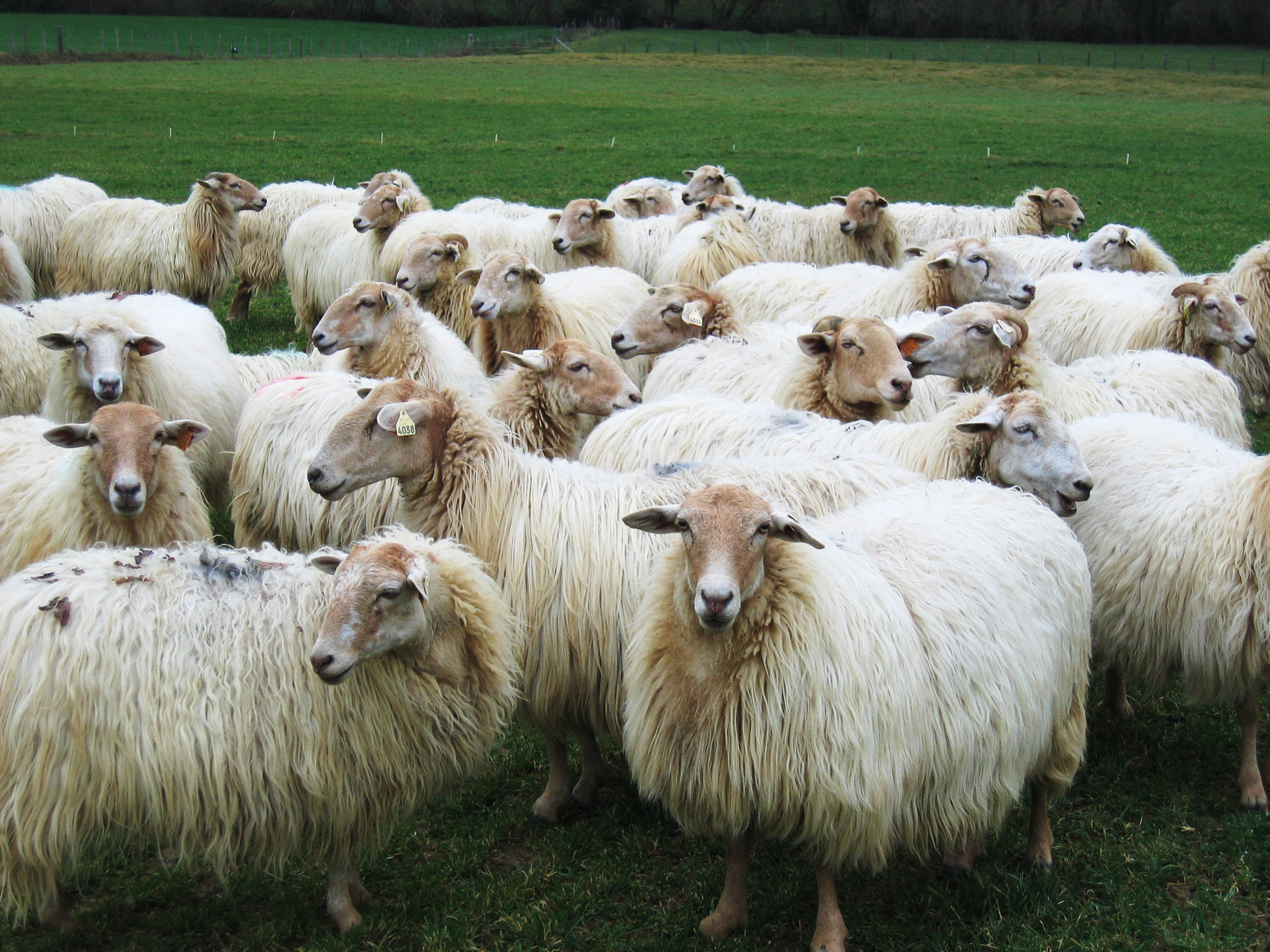by Nick Mangigian
With Thanksgiving only a week away, it's official: we're in feast season. There is no better balance between abundance, deliciousness, and sneaky economy than putting an awesome roast in the oven for your guests.
The holy quartet of roasts, in our opinion, is as follows:
Prime Rib: The most decadent of them all. We recommend about one pound per person if opting for bone-in, and we are always happy to take the bones off and tie them back on (a process known as "Chicago-ing") if you ask. The absolute best way to cook this is a reverse sear, which takes time but is foolproof if you have an instant read thermometer. Our dedicated meatmongers would love to talk you through this. The important thing to remember is that medium rare, or even medium, beats rare on prime rib-- you want that fat to render!
Filet Mignon: The king of steaks, and deceptively easy. If you have a gas grill, there is no better way to cook one of those, although the oven/broiler combination is a good one too. 8oz of meat per person is a good rule of thumb, and you can either reverse sear this, or start it off hot to get nice color and then finish at lower heat until you've reached a final temp of 130 for medium rare.
Chicken: For three adults, or two adults and two kids, a roast chicken is a wonderful, comforting meal, and you can move mountains with two chickens. About an hour and 10 minutes in the oven at 450 is a bulletproof way to get crispy, golden skin and succulent meat that temps at 160.
Turkey: Everybody fears the biggest, baddest bird of them all (it was almost our national bird!), but turkey is really just a massive chicken. You'll want to treat it more gently to get it up to temp, and then blast it at the end to brown the skin.
The three biggest favors you can do with yourself on any roast, though, are the following:
An instant-read thermometer is your friend! If you have one of these, and the internet, there is never any doubt about what temp you want to cook your beautiful piece of meat to.
A preparatory dry brine makes a MASSIVE difference on how juicy and delicious your roast will turn out. As a rule of thumb: ¾ tsp of salt per pound of meat, and half that amount of black pepper, will lead to a memorably awesome roast.
Let the roast rest! The bigger the piece of meat, the longer the rest, but generally speaking 10 minutes is a good amount to keep things juicy. You get about 7 or 8 degrees of carryover cooking during the rest period, so it's important to pull your roast off the heat before it's reached your goal temperature, and to let it rest far away from the heat source (ie, not on the grill or in a turned-off oven).
Roast easy, friends, and as always-- we are glad to help talk you through your next cooking adventure!







